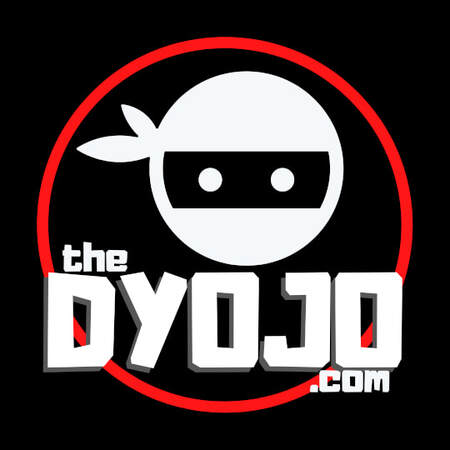|
It is possible, as an entrepreneur, a business owner, a manager, or an aspiring professional to do the wrong thing for the right reasons. Your intentions do not nullify the potential consequences of your decisions. Therefore, as a means of helping you shorten your DANG learning curve, we have solicited the aid of our good friend Ed Cross, The Restoration Lawyer, to clarify the role of industry standards in your service contracts. Imagine I am a well-intentioned water damage restoration contractor. I think it would be a good idea to cite the Institute of Inspection Cleaning and Restoration Certification (IICRC) S500 Standard for Professional Water Damage Restoration in my proposals and contracts. With his many years of litigation experience, how would Uncle Ed advise me to navigate this concept? Restoration Contractor (RC): Hey Ed, I just want people to know that I'm serious about what I do. So I've been talking to them a lot about how we train and follow the IICRC standards. Ed Cross (Uncle Ed): Comply with the standard of care. RC: That's why I thought thanks for confirming that. I'm thinking about putting it in our proposals and in our contracts. Uncle Ed: Don't put that in your contract! RC: But I want people to know that we're serious and that we do it right. Uncle Ed: Comply with the standard of care, but do not write into your contract, that you're going to perform the work according to IICRC standards. RC: Are you sure? Uncle Ed: it's not going to help you sell any jobs. It's going to marry you to these thick documents that are hundreds of pages long. All the plaintiff's attorney has to do is point to one sentence in there that you didn't strictly comply with and they’ll be able to shout about a breach of contract. RC: That doesn't sound good. Uncle Ed: You don't need that kind of headache. If you want to know more about The Restoration Lawyer and his involvement in the industry, watch our prior interview with Ed Cross or read the article in Restoration and Remediation (R&R) Magazine titled A History of Collaboration; A Future of Advocacy. If this information has been helpful, please subscribe to The DYOJO Podcast and consider purchasing one of the books from our Be Intentional series. edit.
0 Comments
Our NEW BOOK ranked:
Project outcomes in the skilled trades are tied to the estimating process. Good estimating is marked by the thoroughness of data capture (site observation) and the accuracy of data input (bidding). Author Jon Isaacson, The Intentional Restorer, shares his two decades of professional experience to help anyone involved with, or interested in, the art of estimating to shorten their DANG learning curve for improvement.  How To Suck Less At Estimating, was written for:
Early Reviews for This Book: With his latest book, Jon Isaacson again demonstrates why he is a “go to” resource for so many people in the property restoration industry. - Luke Draeger As usual, Jon provides great material with actionable details. - David Smith It’s so refreshing to finally see all of this often-guarded information transcribed from an industry expert to words on a page. - Josh Zolin About the author: Jon Isaacson, The Intentional Restorer, is a contractor, author, and host of The DYOJO Podcast. The goal of The DYOJO is to help growth-minded restoration professionals shorten their DANG learning curve for personal and professional development. You can watch The DYOJO Podcast on YouTube on Thursdays or listen on your favorite podcast platform. This is book 4 in the Be Intentional series from The DYOJO - thedyojo.com/book4 Business owners want to reach their goals. Management staff understands the need to achieve certain metrics of performance. Yet, there is often a dissonance within the organization between their clearly stated goals and their consistently achieved outcomes. Accountability for outcomes can only be established when the process is clear and the follow-through is consistent. Being intentional with developing and improving your estimating process requires a few simple steps. Lack of clarity = Lack of Accountability As a person in a position of leadership, you can help your organization grow by being honest about whether your system is dumb by design (revealing intentionality) or whether negative outcomes are the by-product of dumb design. If the project outcomes are inconsistent, a great place to start is to ask whether you have been clear and consistent as a leadership team. Increased Clarity = Increased Consistency
Team members cannot consistently perform if they don’t understand what they are supposed to be doing. Communication needs to be clear to those who are receiving the information. Developing your team's leadership skills includes helping members of management to learn to understand how their team learns as well as how to best communicate with them to relay information. Clarity + Consistency = Accountability As Anthony Nelson, President of Premier Restoration, learned, “Quite often our younger Millennial and Gen Z technicians will refuse to tackle a given task until they understand the ‘why.’” It follows that skills like empathy and communication are at a premium for aspiring managers and business owners. Those who can learn to help their team members understand what needs to be done as well as why it is important will reap the greatest (and most consistent) reward. Dumb By Design Owners, managers, supervisors, and anyone in a leadership role will see elevated results when they dumb their processes down so that someone who has no industry experience can understand what they need to do and why it is important to the team. Your communication is affected by the company you keep. While it is important for you to challenge yourself by being around other leaders, it is also important for you to connect and communicate with those at the entry level of your organization. Build clarity and consistency from the bottom-up, so that you can practice accountability from the top-down. If you would like to learn more about this concept, read Module One of Jon Isaacson’s NEW book, How To Not Suck At Estimating: Habits For Better Project Outcomes. This book will also be a training course offered through Restoration Technical Institute. The book should be available by August of 2022. In the meantime you can subscribe to The DYOJO Podcast for more content that will help you shorten your DANG learning curve. Jon Isaacson, The Intentional Restorer, is preparing to release his fourth book. This title, How Not To Suck At Estimating: Habits For Better Project Outcomes will also be a course that the author will distribute through the Restoration Technical Institute. Elements of the books have been peer reviewed by various property restoration contractors and insurance claims professionals. Rob MacPherson, Manager of National Estimating Services at DKI Canada says the following, Jon hits the nail on the head again. His insight into the industry can help all restorers easily understand the process and procedures to help them succeed. I can’t wait for book #5. - Rob MacPherson, Manager of National Estimating Services at DKI Canada The target audience for this construction estimating book and training course is fourfold:
Join us for a LIVE discussion and Q&A regarding career and leadership development in the skilled trades This event will be curated by: Josh Zolin, renowned author, speaker, contractor, and podcast host of "Blue Is The New White" See more - blueisthenewwhite.com Jon Isaacson, medicore author, contractor, and podcast host of "The DYOJO Podcast" See more - thedyojo.com Career & Leadership Development for the Skilled TradesThe Plan Thus Far: Idiots At The Helm: A Discussion About Career Development & Leadership Growth In The Skilled Trades Our hosts will discuss the questions below for about 45 minutes. They will keep the Zoom chat room open, and try to check on that periodically. At the end of the planned discussion, we will leave about 15 minutes for Q&A direct from the chat room or people that email and comment prior - [email protected] Questions for our hosts:
Zoom Invitation for this EventJon Isaacson is inviting you to a scheduled Zoom meeting.
Topic: TDP Presents: Idiots @ The Helm (LIVE on Zoom) Time: Jul 7, 2022 12:00 PM Pacific Time (US and Canada) Join Zoom Meeting https://us02web.zoom.us/j/84769123891?pwd=b0dyblNjSU5peS9Vam1HRCt5S2h6UT09 Meeting ID: 847 6912 3891 Passcode: 540430 One tap mobile +12532158782,,84769123891#,,,,*540430# US (Tacoma) +16699009128,,84769123891#,,,,*540430# US (San Jose) Dial by your location +1 253 215 8782 US (Tacoma) +1 669 900 9128 US (San Jose) +1 346 248 7799 US (Houston) +1 646 558 8656 US (New York) +1 301 715 8592 US (Washington DC) +1 312 626 6799 US (Chicago) Meeting ID: 847 6912 3891 Passcode: 540430 Find your local number: https://us02web.zoom.us/u/kC1HD0SyP It is important that insurance claims contractors don't confuse supervisory labor, a direct cost, with your overhead (indirect) costs. Educate the customer on the unique format of insurance claims estimates. Be sure to accurately track your supervisory labor and include those cost breakdowns in your estimate. Indirect Costs For ContractorsXactimate is a common estimating software used as a means of establishing a common language between restoration contractors and insurance claims professionals. According to Xactimate, general overhead (aka indirect costs) are, General Overhead are expenses incurred by a General Contractor, that cannot be attributed to individual projects, and include any and all expenses necessary for the General Contractor to operate their business. Indirect costs are all of those necessary expenses that a contractor incurs but are not directly related to an individual project. If a contractor, or any business, does not account for their overhead expenditures in the costs of their goods and services, they will not be in business for long. Examples of general overhead, according to Xactimate, include but are not limited to:
Xactimate does not include consideration for these indirect or general overhead expenses in their unit pricing. Instead, they advise, that the contractor should add these costs to the estimate, "As a percentage of the total bid along with the appropriate profit margin. These two costs together constitute what is normally referred to in the insurance restoration industry as General Contractor’s O&P, or just O&P." While contractors and carriers have become comfortable with a 20% markup, this amount is not stipulated by the software. Direct Costs for Construction ProjectsSupervision is common, i.e. industry standard, for construction projects. This role is often the responsibility of roles including project managers, site foremen, superintendents, departmental supervisors, safety managers, etc. Supervision is critical to successful project outcomes and is a real cost of the work being performed. Xactimate states that indirect costs or job-related (specific) overhead, Are expenses that can be attributed to a project, but cannot be attributed to a specific task and include any and all necessary expenses to complete the project other than direct materials and labor. Examples (including but not limited to): Project managers, onsite portable offices and restroom facilities, temporary power and fencing, security if needed, etc. Supervisory labor (aka project management time) is as much a real cost that should be accounted for an compensated for the work as temporary power or restroom facilities. It is common to either bid supervisory labor as a percentage of the estimated labor or submitted as a breakdown for billing at project intervals (i.e. bi-monthly). |
Words
The DYOJO - helping contractors shorten Archives
June 2024
Categories
All
EstimatingMarketingInsurance ClaimsLeadership |
|
| |||||||
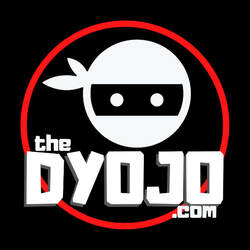
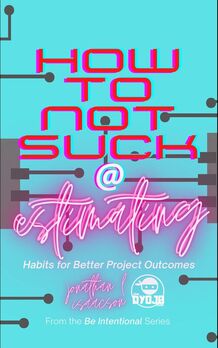
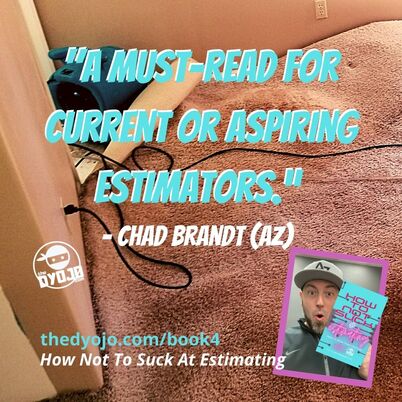
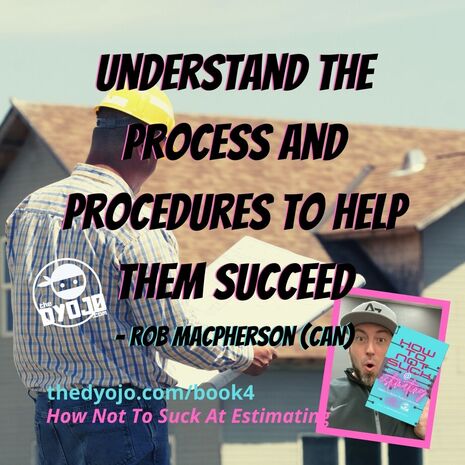
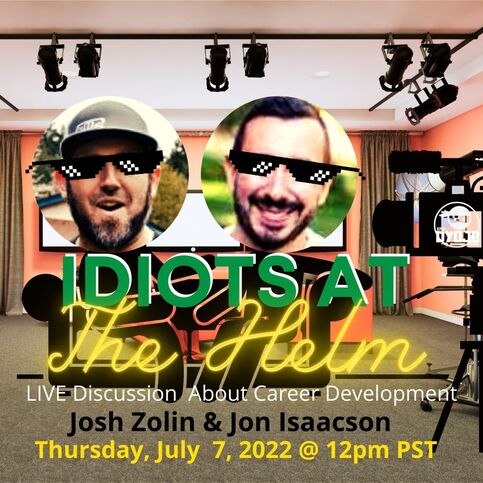
 RSS Feed
RSS Feed
